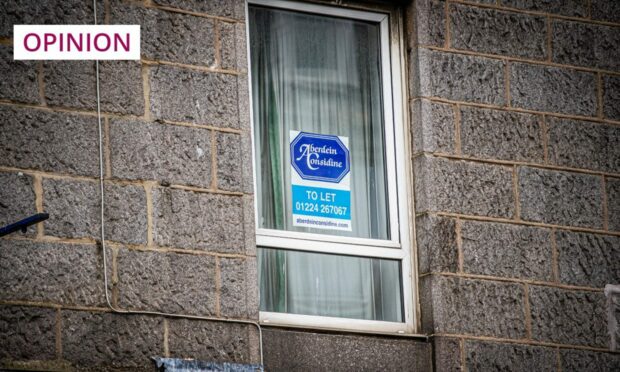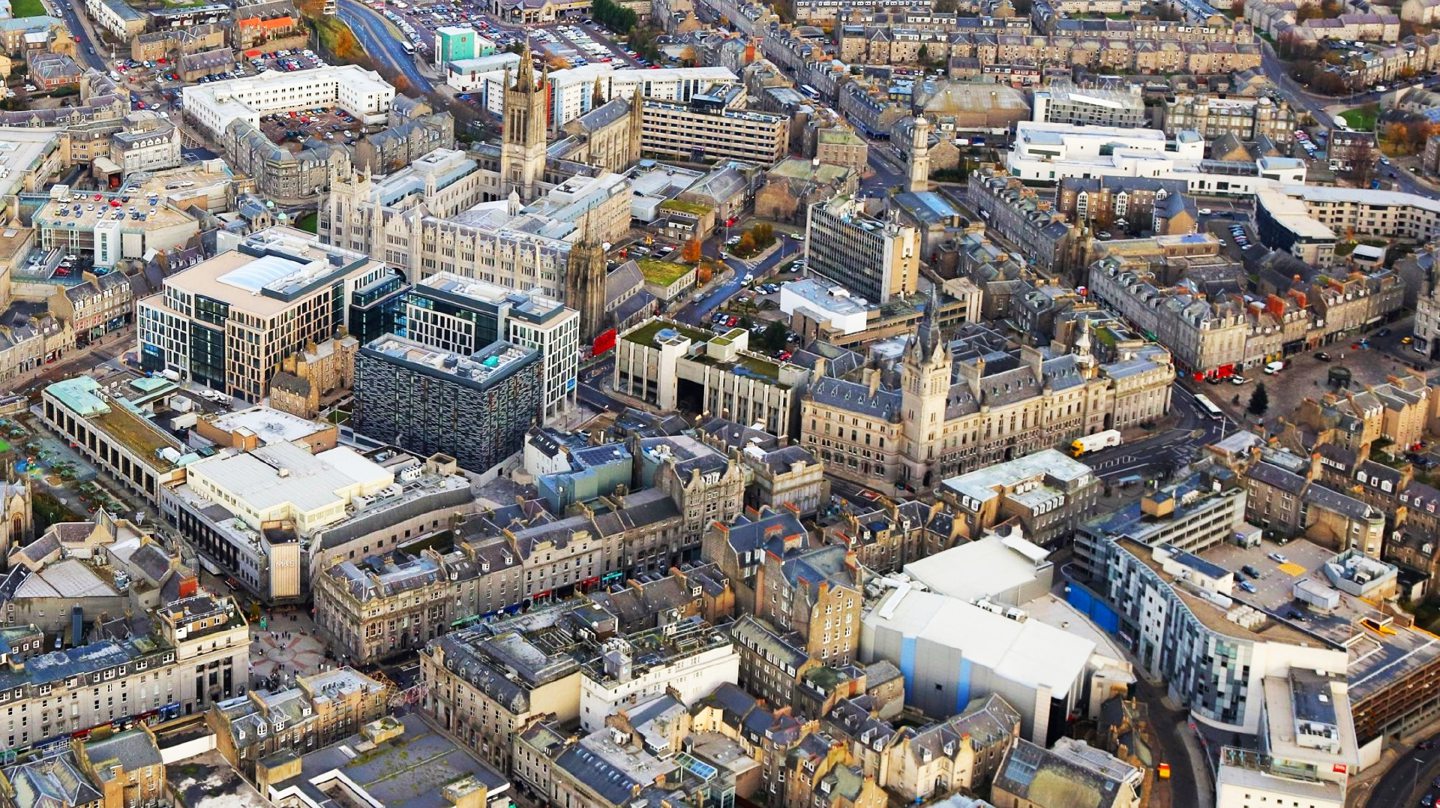There are many ways to measure the success of an economy: employment rates, GDP, income per head, social indicators, to name but a few.
However, I prefer to use a method tried and tested over many decades… taxi drivers.
I have always found that the prosperity of a city can be measured by the happiness of its taxi drivers. They are typically a miserable bunch, but, if things are going well in a region, the in-journey chat is far more tolerable.
Right now, in Aberdeen, they are as happy as I can remember. So much so that they might even let you eat your chips on the way home.

How can that be, when we face roaring inflation, a flatlining economy tipping into recession, and a cost of living crisis so intense that even middle-income households are teetering on the brink of financial viability?
It’s simple: the north-east economy is just a little bit different.
Price of oil trumps all
The cyclical nature of the global oil and gas sector, and its importance to the economy of the north-east, means the price of oil trumps all. And nowhere is this more evident than in the property sector.
I was fortunate to spend eight years in the property industry, during which time I paid more attention to Brent Crude than any other factor in the global or UK economy.
And a little research shows just how closely this region’s property market has followed the fortunes of the energy industry over the past 35 years.
Parallels can be drawn between today and the aftermath of the 1985 oil downturn, which led to property prices falling to £38,000 in 1987.
The job cuts made then caused a labour shortage in the supply chain just a few years later – sounds familiar – and an influx of skilled workers in the decade which followed helped push property prices to almost £75,000 by 1997.
That trend may now be repeated, as buyers return to the market in Aberdeen and the wider north-east. And, with the outlook for the energy industry looking good, there is every chance that the property market in this region could again decouple from national trends.
But all is not rosy. And, if you catch a taxi driver with a buy-to-let, they’ll tell you why.
Rent freeze could starve rental market
Landlords have been left feeling bruised by the Scottish Government’s decision to freeze rents, without consultation, until March next year, adding to growing unrest with the SNP-Green administration.
Mark my words, this is going to starve the market of new rental stock, just at the time it is needed most.
The Scottish Government needs to keep a very close eye on what is happening in Ireland, where the rental sector is in crisis
At the 2014 market peak, there were around 3,000 properties for sale at any time in Aberdeen and Aberdeenshire. That number sits at over 4,500 today, with a continuing oversupply of city centre flats.
Normally, these conditions would make for a buyer’s market and fertile ground for property investors, but landlords are sitting on their hands, worried about the looming threat of long-term rent caps, and the extra tax burden imposed via the Additional Dwelling Supplement on investment properties.
And that is why the Scottish Government needs to keep a very close eye on what is happening in Ireland, where the rental sector is in crisis.
Ireland’s situation is worrying
The Irish Times recently reported that the country’s biggest property listing site had just 716 properties available to rent nationwide on August 1 – down from 2,500 a year ago.
The same report found that rents grew by their fastest rate on record between April and June, with the average nationally now €1,618 a month – 3.3% higher than in the previous three months, and more than double the €765 average in 2011.
Private landlords there are fleeing the market, arguing that rent pressure zones (capping annual rent increases at 2%), as well as inequitable tax treatment, makes the prospect of continuing in the sector unviable for many.
Unless there is a dramatic change in the rhetoric coming from our government, we could be staring down the barrel of the same gun here in Scotland.
Rents only go up when there is not enough stock to meet demand. So, if you drive landlords away from the sector, you only make the problem worse for the people (tenants) you are trying to help.
We cannot allow the government to go on demonising landlords, creating a narrative that they are fat cats without scruples.
They are not. They are normal folk – like our taxi drivers – who have planned and invested for their future.
Ryan Crighton is policy director at Aberdeen & Grampian Chamber of Commerce



Conversation